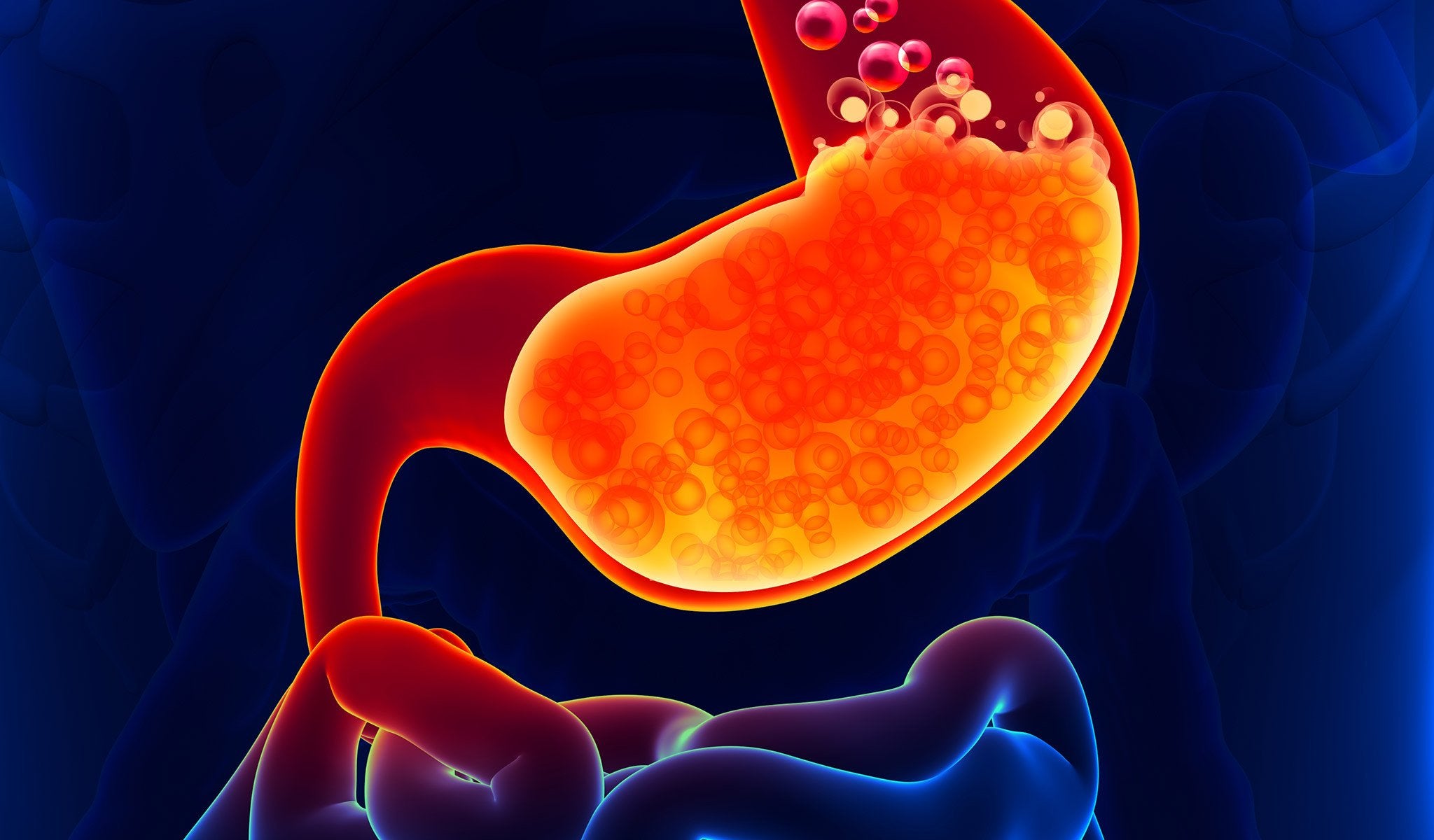Have healthy changes in your diet caused MORE symptoms? Things like:
Digestive:
Gas
Bloating
Abdominal cramping
Loose stools
Indigestion or heartburn
Constipation
GERD (reflux)
Blood in the stool
Skin:
Eczema
Psoriasis
Acne
Hives
Mental/Emotional:
Irritability
Anxiety
Depression
Food cravings
Insomnia
General:
Joint pain or stiffness
Arthritis
Fatigue
Difficulty getting out of bed in the morning
Headaches
Migraines
Weight gain
Water retention
Puffy eyes
Dark under-eye circles
High blood pressure
Difficulty losing weight
Nasal/Immune system:
Sinus congestion
Ear congestion
Post-nasal drip
Seasonal allergies
Hay fever
Asthma
Chronic ear infections
Itching in the ears
Itchy mouth
Runny nose
Watery eyes
Sneezing
There are few things more frustrating than doing the hard work of making significant food changes only to find that you are feeling worse. This can undermine your confidence that a whole food diet really can help.
Although it may may not seem to make sense, consider these reasons as the cause for the increase in symptoms: food sensitivities, corn, salicylates, oxalates, FODMAPS and detox reactions.
It is not uncommon to get worse when you implement a new diet--even when it’s the “right” diet for them.
You may have inadvertently added problematic foods to your diet. Or you may have removed problematic foods too quickly. Either of these opposite circumstances can cause new or worsening symptoms.
So how do you determine if you are on the right track with your diet?
Hidden Food Sensitivities
Even a small amount of a reactive food can cause major symptoms for several days and really sidetrack your progress.
What this means is we need to consider foods that can cause or exacerbate inflammation and burden underlying biochemistry that can affect many areas of your health.
...Like gluten, dairy, corn, eggs, and other food sensitivities. Even what we might consider to be really healthy foods.
When eating a gluten-free or grain-free diet, you may be adding more vegetables and fruit... which is wonderful under most circumstances. But many people, often do not tolerate the salicylates, oxalates, or FODMAPs chemical compounds inside the vegetables and fruit. So instead of feeling better they continue to have symptoms or their symptoms actually increase.
What's the solution?
In the short term, we have a coupe of supplements that will really help with the symptoms, if you suspect gluten is the culprit, use Gluterase the relief is amazing. If you suspect any other food or environmental toxin, mold, perfume, chemicals, or other foods, even wine, try, ScentArrest, again the relief from symptoms is amazing. Then we need to do a little detective work.
1) Start with our free Nutri-Q evaluation. This will identify the systems of the body that need the most attention. Working on these areas may help strengthen your bodies defenses against these issues.
2) Consider a FIT (Food Inflammation Test) This is a quick easy at home blood test to positively identify foods you are reacting to. You can also get the FIT test in our more intensive 1 on 1 program, "The Gold Highway" Follow that link and scroll down the page to see a description of our different plans.
3) If the FIT test doesn't fit (pun intended) into your budget right now, you can use the low budget option to find food sensitivities, but it's going to require some work and time on your part. It's called Coca's Pulse Test.
How to perform Coca's pulse test on yourself:
Step 1. Gather your supplies, pen, paper, and a watch with a second hand, or use your mobile phone. Have the food you want to test within reach when before you start.
Step 2. Sit down, take a deep breath, and relax. or better yet, try square breathing for 30 seconds or so. Sitting tall in your chair, both feet on the floor. Then, it’s just four simple breath segments done to a count of four.
- Inhale 2 3 4
- Hold 2 3 4
- Exhale 2 3 4
- Hold 2 3 4
Focusing on the breath and the count of four, repeat the same process until you reach a relaxed state. Now you can start the test.
Start when your heart rate is at a normal pace, not when you’ve been running around, or soon after exercising.
Step 3. Determine your starting pulse by counting your heart beat for a full minute. You can use your wrist or your neck, as long as you take it on the same place each time. Write down your ‘before’ pulse.
Step 4. Take a bite of food and chew it, making sure it hits all your taste buds, but don’t swallow it. You can also test beverages and supplements, if the supplement is safe to chew on. Make sure you taste it for at least 30 seconds, your brain and central nervous system are working to determine if this food is stressful for your body, your pulse will elevate briefly.
Only test one food at a time. You can test a food with multiple ingredients, but to narrow down which is the real culprit you’ll need to test them individually.
Step 5. Take your pulse for 1 full minute again, while holding the food in your mouth, and write down your ‘after’ pulse.
An increase of 4 or more beats is considered the result of a stressful reaction. The bigger the pulse change, the more stressful your body considers this food. You may see reactions with an increase of 10 or 20 beats per minute.
If you have a stressful reaction to a food, leave it out for about 6 weeks. while you work on some gut healing strategies and improve digestion. Those are both areas we will target on all of our HealthPlans.
Step 6. Spit out the food you’re testing if you plan to test another food right away.
You can do the Pulse Test with as many things as you’d like, as long as you wait for your pulse to return to your ‘before’ rate prior to testing the next food.
If you reacted to a certain food, it helps to rinse your mouth out with water, and then spit the water out. Wait about two minutes and retest your pulse to see if it has returned to its starting rate. If it hasn’t, wait another couple of minutes and try again.
Note: You must take a full one-minute pulse each time. Taking a 15 second pulse and multiplying it by 4 won’t work because the variation in your pulse can happen at any time during that minute.



